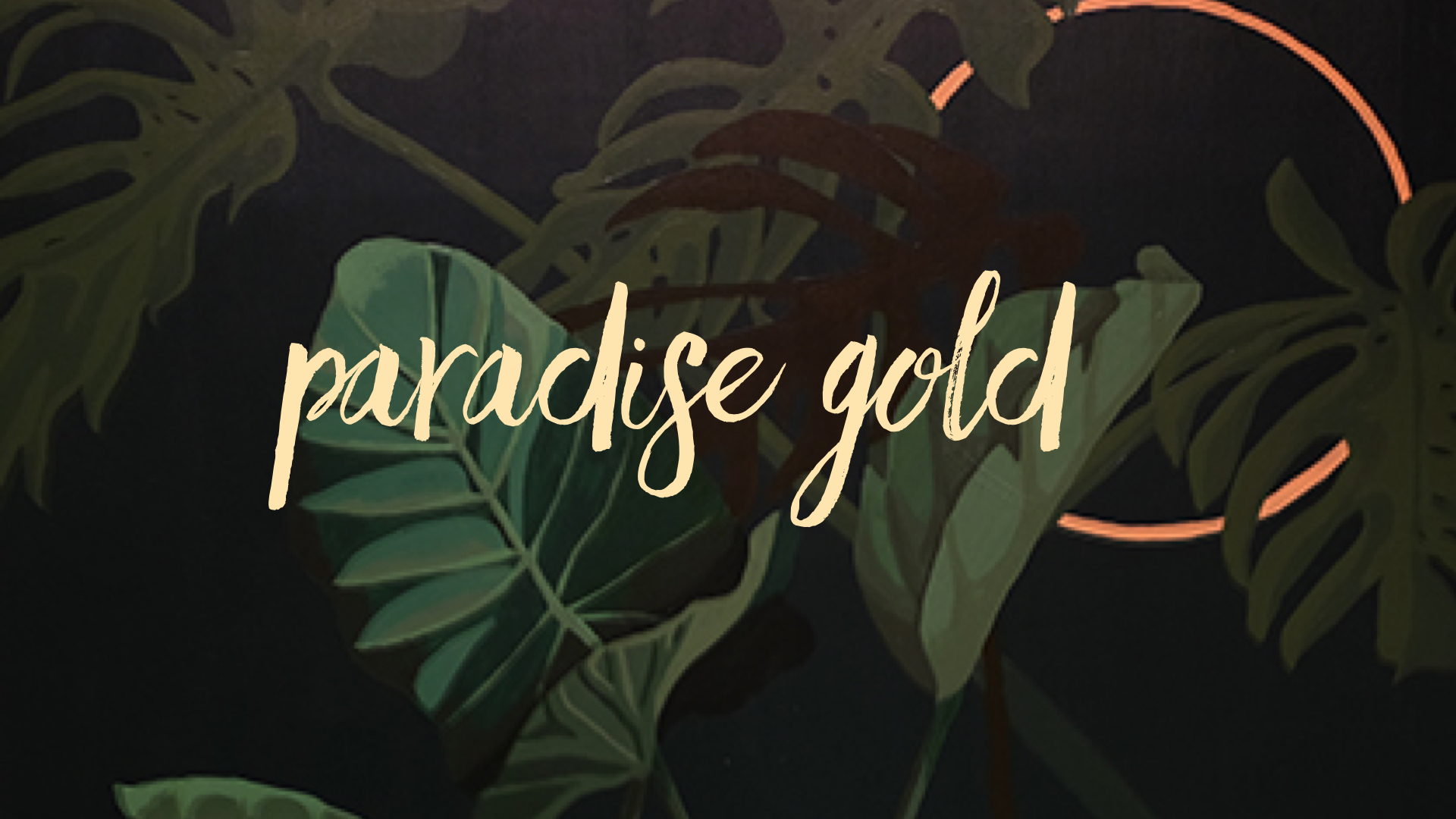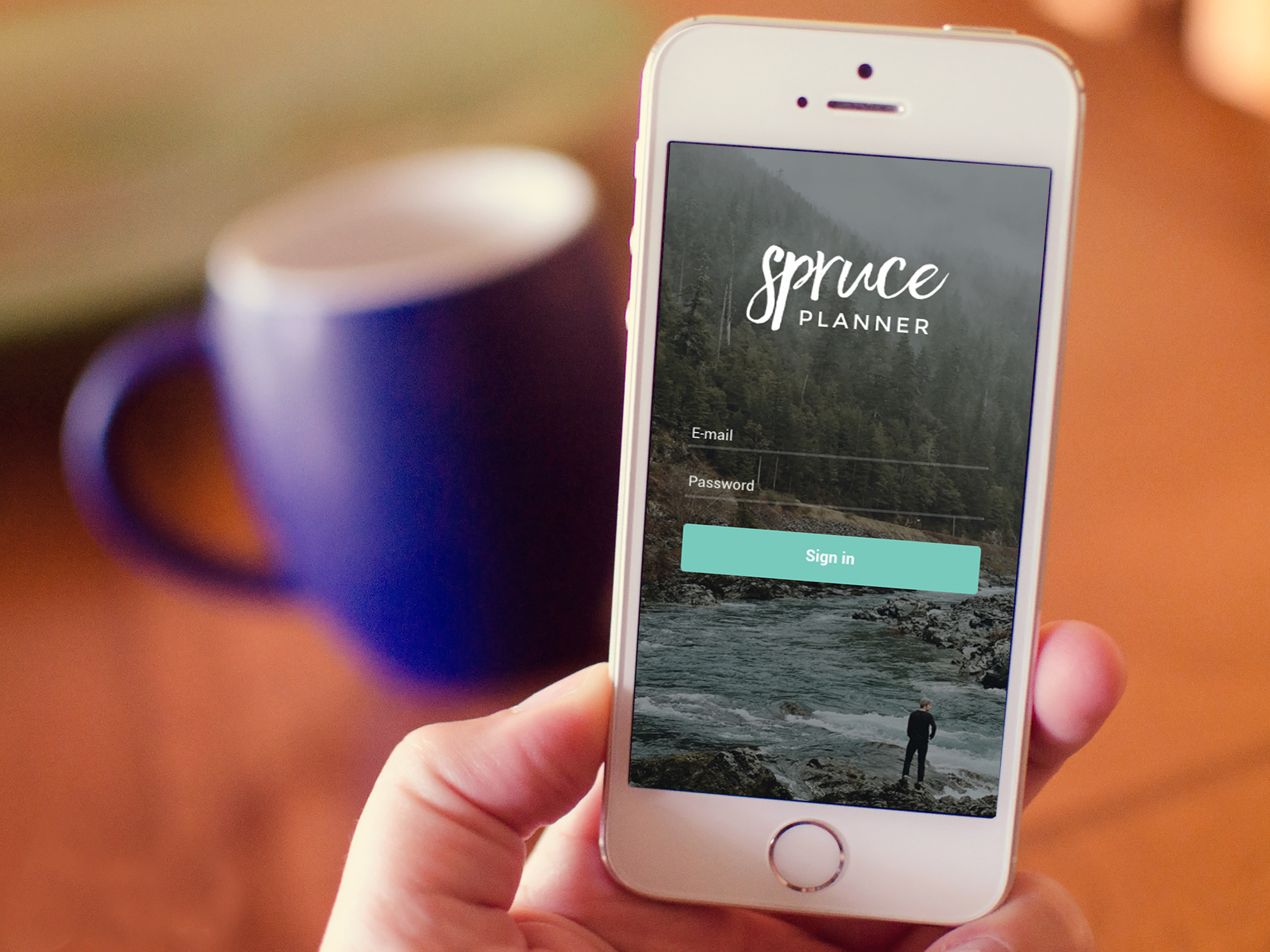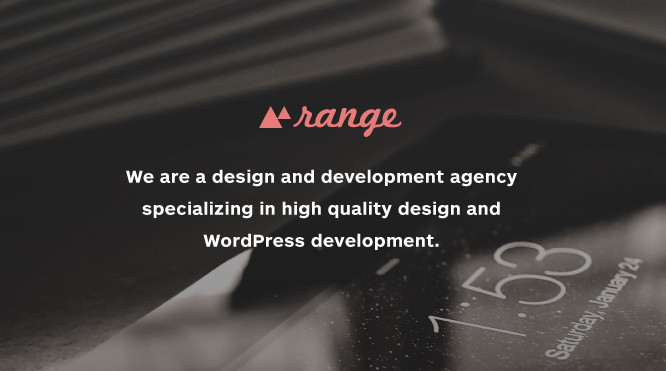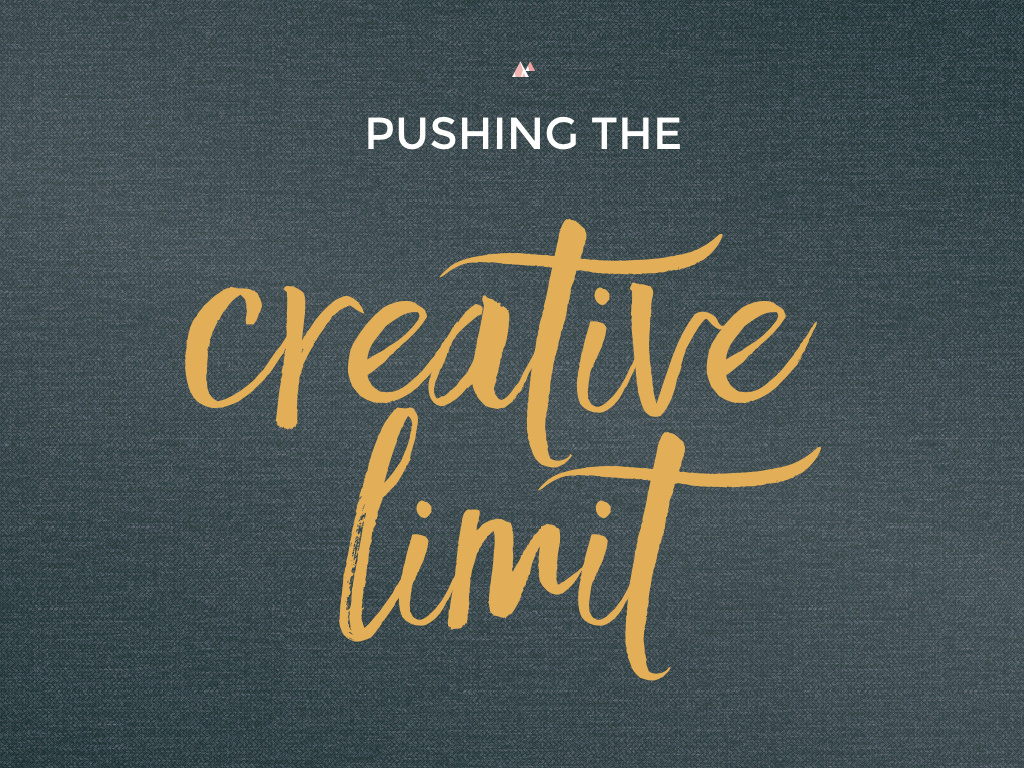Published on the Range Blog in 2018
If you reach out to Range for an estimate, you’ll probably receive a quote that includes “Discovery.” It’s a fun, albeit nebulous, word that means our team works with you to unearth important information.
What is Discovery?
It looks different from project to project but the basic approach is the same. Our team brings questions and your team brings responses. Then we talk through the gray or tricky stuff together. At the end, everyone has a better idea of where to go and how to get there.
This is where the term Discovery comes from – our team discovers more about your business, pain points and how we can help. Your team discovers more about how we work and how we’d like to solve your frustrations. Most of our clients walk away understanding their own goals, audience and brand better than before.
What happens in Discovery?
Our team brings up topics like:
- Your business: Stories are powerful and, in the first part of Discovery, our team wants to hear the true story of how your business or idea came about. We also want to hear about the problem(s) you’re solving and your ideas for the future.
- Your audience: When our team asks about your Audience, we’re asking about the people who interact with your brand and the people you’d like to interact with your brand. We want to hear what they love, what they hate and what they particularly love about you.
- Your brand: A lot of our clients don’t have detailed brand guidelines and that’s okay. When our team brings up your brand, we’ll ask you about who you are now and who you’d like to be a few years from now. We’ll also ask you to describe your brand personality. For example, are you more serious or more playful?
- Content: The words on your site are pretty important. And, for a lot of our clients, so is the content on their blog. Our team asks a lot of questions about content strategy, goals and voice. It helps us get to know your brand better and make sure your website advances your content, not hinders it.
There are a lot more questions we can (and do) ask, but these are the basics for most projects.
What’s the result?
In addition to some unquantifiable momentum, Discovery clearly outlines Big Problems and how to fix them in the context of your business, brand, audience, and content. Chances are we’ve solved your Big Problem before; Discovery helps our team know how to solve it in your unique setting.
In terms of deliverables (an output our team gives to you), that looks like Site Goals or terms of success. It can also look like audience profiles or user workflows, depending on your project.
Why does it matter?
The deliverables that come out of Discovery are things our team and your team will reference throughout the rest of the project. Site goals help our team determine whether a new feature or design element is worth including. Audience profiles help determine whether landing pages meet customer needs. Our team checks both of these often to make sure your project is heading in the right direction.
Discovery is valuable for what it provides, but it’s also valuable for what it prevents. A detailed conversation at the beginning of the project helps prevent questions like, “why wasn’t this discussed earlier?” and “how come no one knew about this requirement?”.
Do you do any projects without this?
On very rare occasions, yes. Usually, no. And really, we don’t ever want to skip discovery. Neither do our clients. Discovery meetings are fun (as in actually fun, not just endurable) and they motivate every team member to do their piece. Even if most of the information our team would ask for is already available, we don’t want to skip the opportunity to get to know you and kick things off on a good note.
Can you answer more Discovery questions?
You bet! If you have more questions, give us a shout. We’d love to chat about our process and what this piece looks like.





